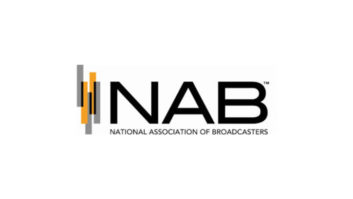
Interim field test results of digital single frequency network technology for FM IBOC are encouraging; that’s according to iBiquity Digital.
The NAB Fastroad project released an interim report on the SFN field testing, which looked at digital performance and digital compatibility with the host FM analog signal near the booster site. iBiquity says in the document that its synchronized SFN digital booster technology has the potential to extend FM IBOC signal coverage to the protected contour and to fill in areas within a station’s coverage area where a signal is compromised.
At the recent IEEE Broadcast Technology Symposium, iBiquity officials said the system worked in the lab, but they needed to field test it. For the tests, iBiquity built a main site in Catonsville, Md., and a booster site in Kingsville, about 20 miles away, to characterize both the digital coverage of the main station and extensions of digital coverage when the digital booster was added.
Digital compatibility was characterized mainly in areas where signals of the main and booster signals overlapped.
Further testing of both asymmetrical sideband and SFN operation is currently under way at Greater Media station WKLB(FM) in Needham, Mass.
WKLB has FCC permission to operate at higher digital power, with its HD sideband levels of –14 dBc, a 6 db increase. Company VP of Radio Engineering Milford Smith tells me the station also has experimental authorizations that authorize a hybrid analog/HD radio booster transmitter at a site roughly 20 miles removed from the WKLB main site to permit iBiquity testing of an on-channel digital booster.
The station also has experimental authorization to operate with asymmetrical sideband power levels up to and including –10 dBc on the “lower” sideband and up to and including –14 dBc on the upper sideband to facilitate iBiquity testing.
iBiquity is working on a booster design that is interoperable among various transmission equipment manufacturers and says its technology is backwards-compatible with existing receivers and supportable by existing FM IBOC broadcast products, such as exciters, through upgrading.












